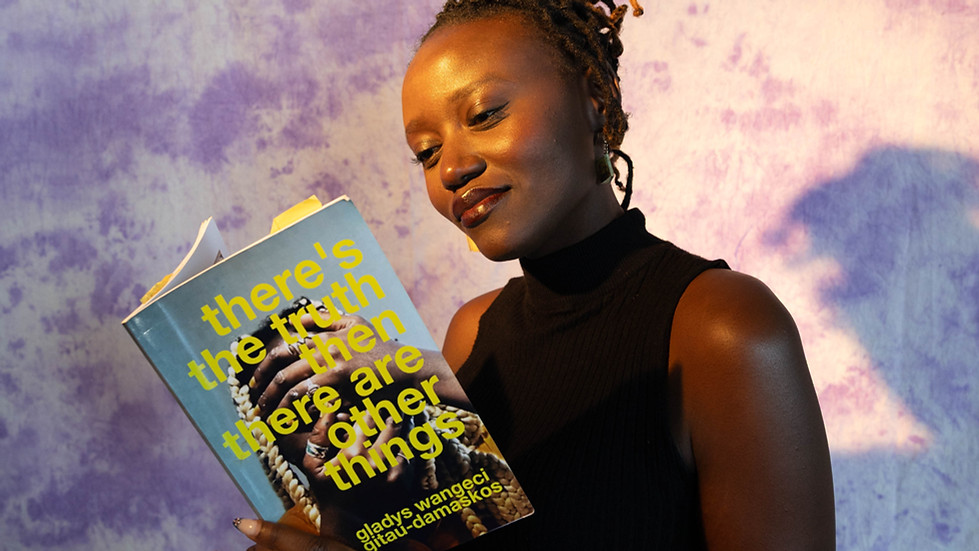
LAWRENCE HISTORY LIVE
Lawrence History Live (LHL) is a special place at the Festival where you can learn about the history of the Strike of 1912 and the ways it connects to the lives of Lawrencians and workers today. We feature history told “from below” - from the millworker’s perspective and not the mill owner’s; from the renter’s and not the real estate mogul’s; from everyday folks and not the wealthy or the politically connected.
This year, Lawrence History Live will invite the public to join together for three 25-minute conversations periodically throughout the Festival. Each community circle will begin with a poem read by Wangeci Gitau, and then feature guest speakers who will introduce the topic before inviting the audience to join in and share their thoughts, ideas and opinions. If 25 minutes isn’t enough, you can keep the conversation going at the LHL Community Conversations tent! (See the festival map for location.)
This year we will have simultaneous interpretation in English or Spanish! If you need interpretation, please go to the Information Tent a few minutes before the talk is scheduled to get a headset.
COMMUNITY CIRCLE ONE
From Seeds to Roots: Honoring Our History
12:00PM - 12:25PM
Learn more about the story of the strike and the strategies that working people used to build justice. From community kitchens to shared child care, strikers protected one another and found ways to work across language and culture to make sure that the boss couldn’t pit them against one another. How do we see solidarity alive in our community today, and how can we build working class power?
COMMUNITY CIRCLE TWO
Seeds of Solidarity: Cultivating Worker Power
2:20PM - 2:45PM
Workers’ rights are under attack like never before - from threats to collective bargaining and organizing, to weakening of child labor laws and health and safety regulation, the need to organize has rarely been greater. What are workers in and around Lawrence doing to fight back against these attacks? What else could we be doing to make sure all workers have the rights and dignity they deserve at work?
COMMUNITY CIRCLE THREE
Seeds of Change: Nurturing Future Generations
4:10PM - 4:35PM
What do young people today need in order to build strong futures? What are the seeds we should be planting in our communities in order to nurture their leadership and
make sure they have the support they need? Join us for an important youth-led conversation to find out more.

WANGECI GITAU
Wangeci Gitau will be reading poetry at the beginning of each of Lawrence History Live's Community Conversation Circles
Wangeci Gitau (she/they) is a writer, poet, and culture maker from Lawrence, MA by way of the Kenyan diaspora. She is the author of two poetry collections: "there’s the truth and there’s other things" (2019) and "i’m not allowed to explain (only foreshadow and reminisce)" (2021), which explore themes of memory, migration, and identity. Wangeci is the co-founder and prose-editor of Exposed Brick Literary Magazine, a community-rooted publication that has released six issues featuring local and global artists. Through Exposed Brick and beyond, she has curated book launches, community art workshops, youth showcases, and interdisciplinary performances centering Black, queer, and diasporic voices. Her writing has been featured in Here to Stay: Poetry and Prose From Across the Undocumented Diaspora (HarperCollins), the Bread Loaf School of English Journal, and stages across the country including UC Berkeley’s Center for Race and Gender, the Huntington Theater, and WGBH’s “Stories from the Stage.” Wangeci has worked in public education for nearly a decade and continues to teach and mentor young artists. As a Gikuyu culture maker, she creates multidisciplinary work rooted in land, liberation, and ancestral knowledge, through mural-making, fashion, playwriting, or public storytelling.



